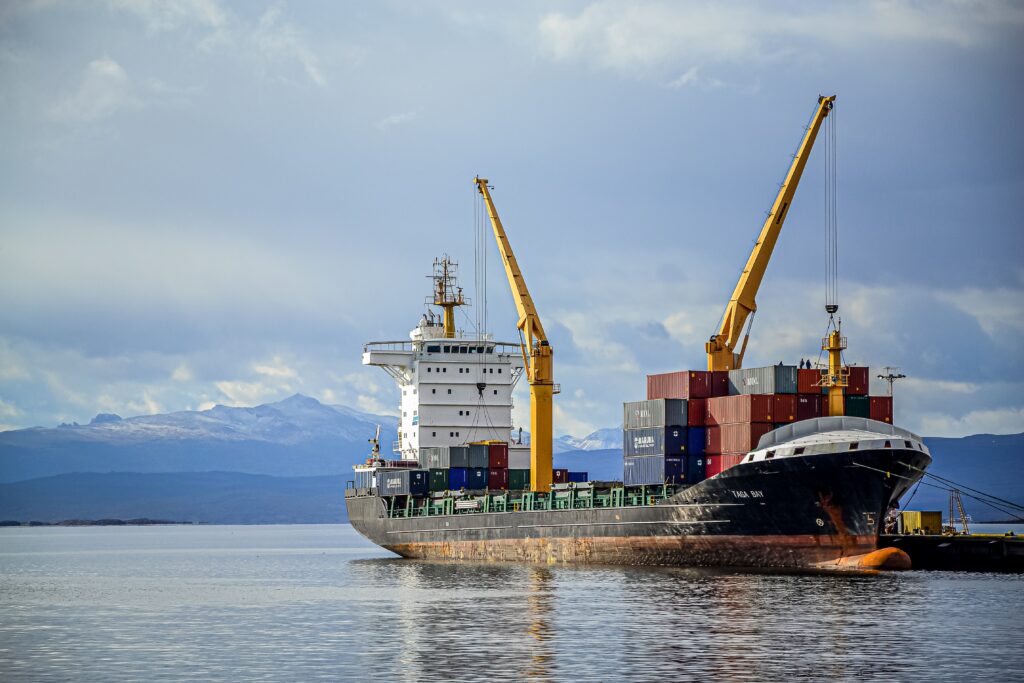In today's globalized world, the transportation of goods across borders has become a vital aspect of international trade. Among the various modes of transportation, air sea freight stands out as a reliable and efficient option. This article aims to provide a comprehensive understanding of air sea freight, exploring its benefits, processes, and key considerations.
- The Basics of Air Sea Freight:
Air sea freight, also known as multimodal transportation, combines the advantages of air and sea transportation to optimize the movement of goods. It involves the use of both air and sea carriers to transport cargo from the origin to the destination, offering a cost-effective and flexible solution. - Advantages of Air Sea Freight:
2.1 Speed and Efficiency:
By leveraging air transportation for the initial and final legs of the journey and sea transportation for the long-haul segment, air sea freight ensures faster delivery compared to traditional sea freight. This speed is crucial for time-sensitive shipments and industries such as electronics and fashion.
2.2 Cost-effectiveness:
Air sea freight strikes a balance between the high costs of air freight and the longer transit times of sea freight. It provides a cost-effective solution for businesses that require faster delivery but have budget constraints.
2.3 Flexibility and Reliability:
Air sea freight offers greater flexibility in terms of routing options, allowing businesses to choose the most efficient and reliable routes based on their specific requirements. This flexibility minimizes the risk of delays and disruptions.
- The Process of Air Sea Freight:
3.1 Consolidation and Deconsolidation:
In air sea freight, cargo is consolidated at the origin and deconsolidated at the destination. This process involves combining multiple shipments into a single container or unit load device (ULD) for air transportation and then separating them upon arrival for onward sea transportation.
3.2 Documentation and Customs Clearance:
Air sea freight requires meticulous documentation, including bills of lading, commercial invoices, packing lists, and customs declarations. Compliance with customs regulations and efficient customs clearance procedures are essential to ensure smooth transit and avoid delays.
3.3 Transshipment and Intermodal Handling:
Transshipment refers to the transfer of cargo from one carrier to another during the journey. In air sea freight, transshipment often occurs at major hub airports or seaports. Intermodal handling involves the seamless transfer of cargo between different modes of transportation, ensuring its safe and efficient movement.
- Key Considerations for Air Sea Freight:
4.1 Cargo Compatibility:
Certain types of cargo, such as perishable goods or hazardous materials, may have specific requirements and restrictions in air sea freight. It is crucial to ensure that the cargo is compatible with both air and sea transportation modes.
4.2 Packaging and Labeling:
Proper packaging and labeling are essential to protect the cargo during transit and comply with safety regulations. Adequate cushioning, waterproofing, and clear labeling contribute to the smooth handling and identification of the cargo.
4.3 Insurance and Risk Management:
Given the complex nature of air sea freight, businesses should consider obtaining comprehensive cargo insurance to mitigate potential risks such as loss, damage, or theft. Working with experienced freight forwarders and logistics providers can also help minimize risks.
Conclusion:
Air sea freight offers a strategic and efficient solution for businesses engaged in international trade. By combining the speed of air transportation with the cost-effectiveness of sea transportation, it unlocks new possibilities for global supply chains. Understanding the processes, benefits, and key considerations of air sea freight is crucial for businesses seeking to optimize their logistics operations and stay competitive in the global marketplace.



